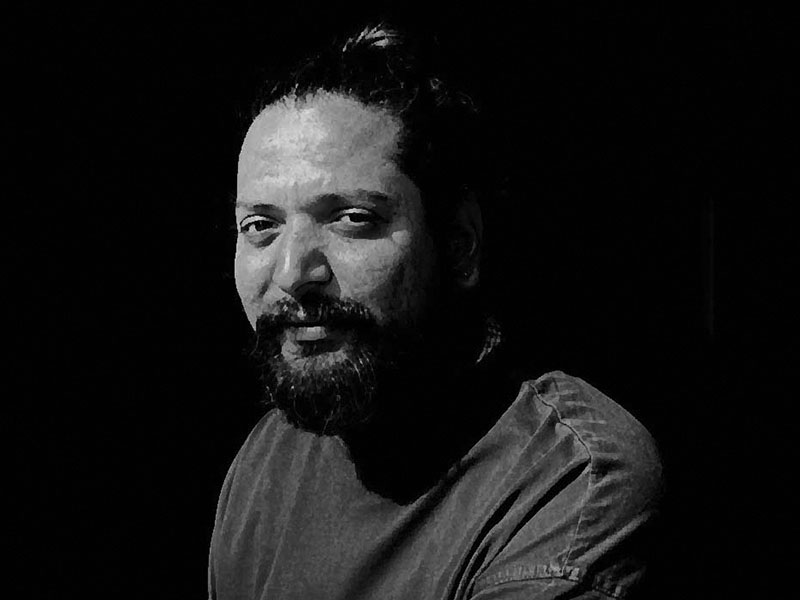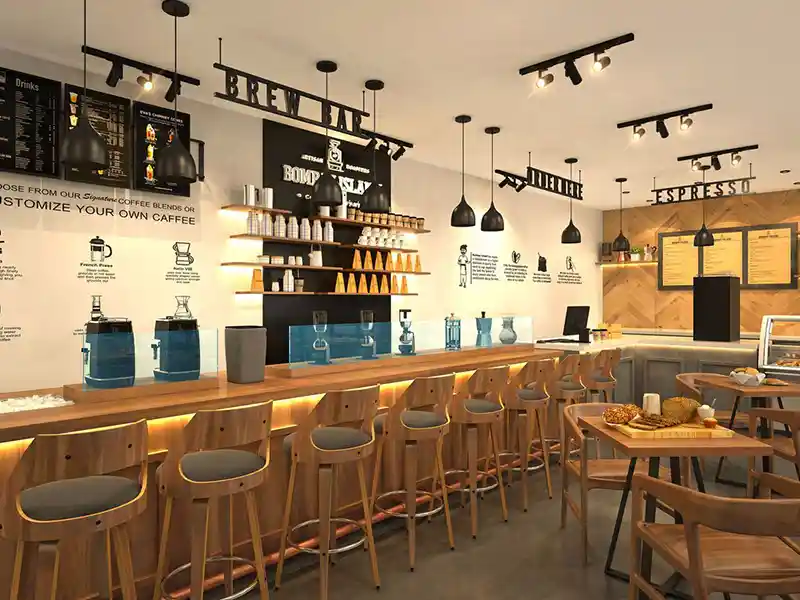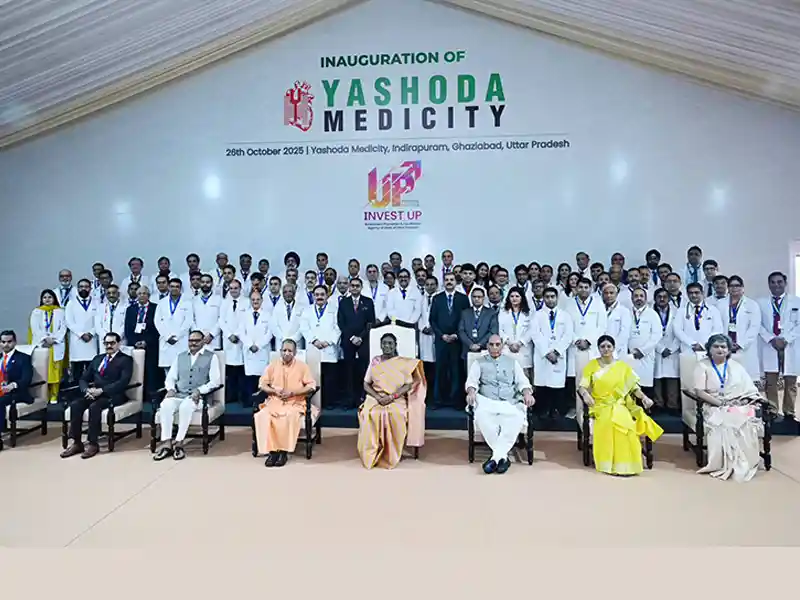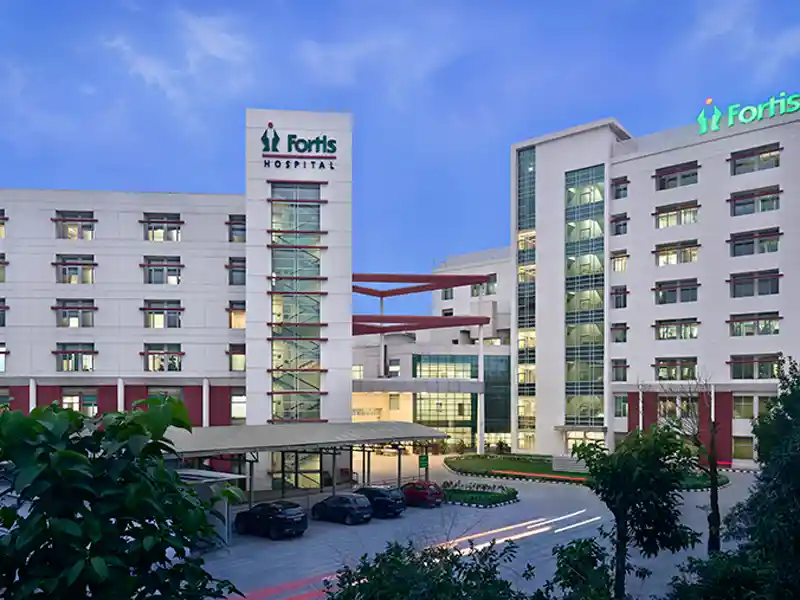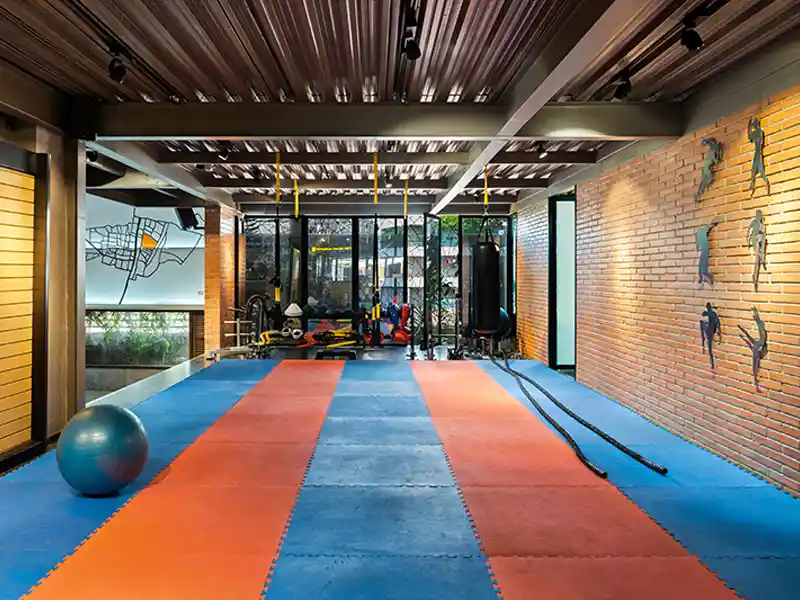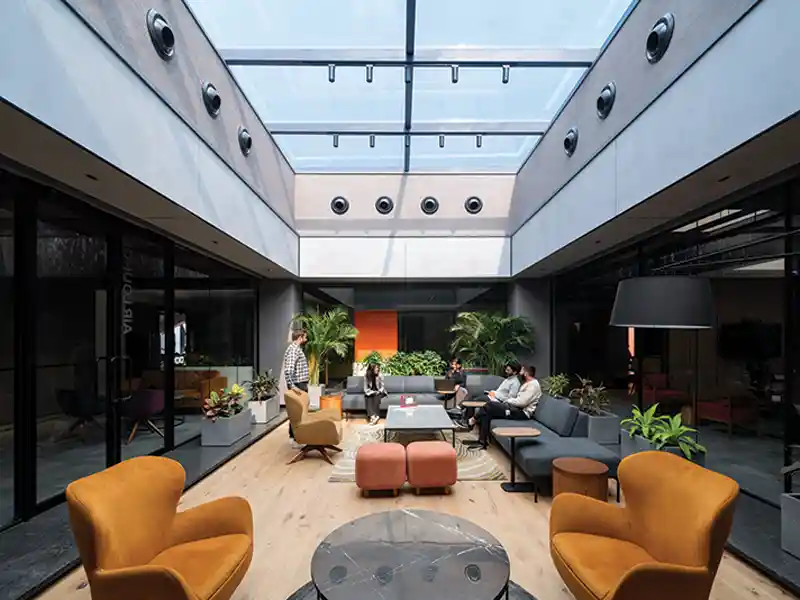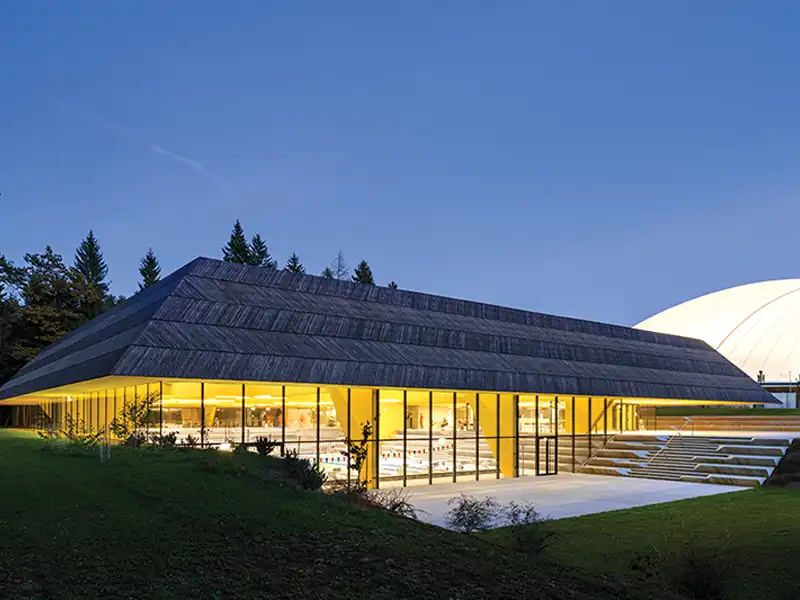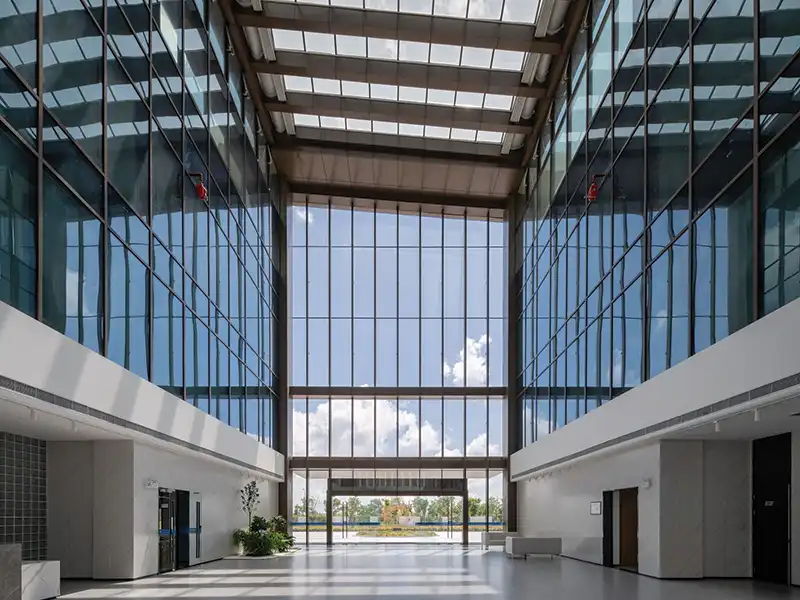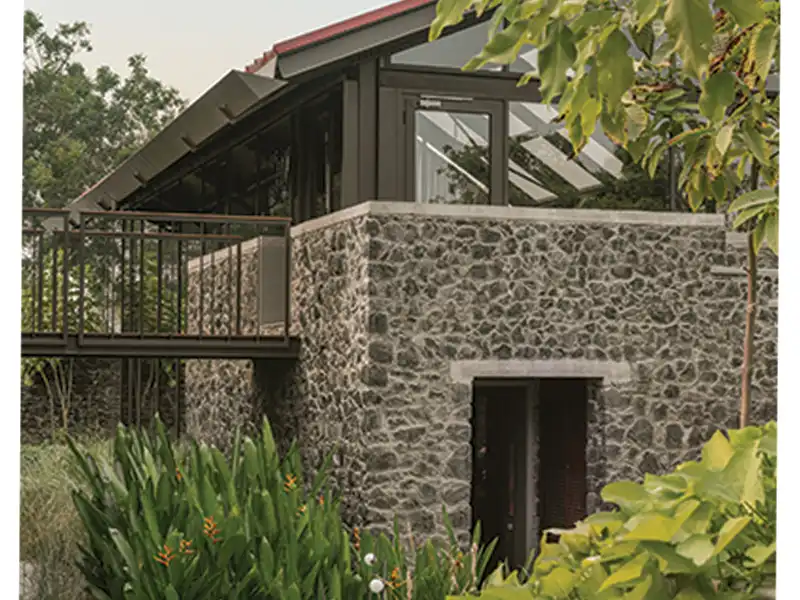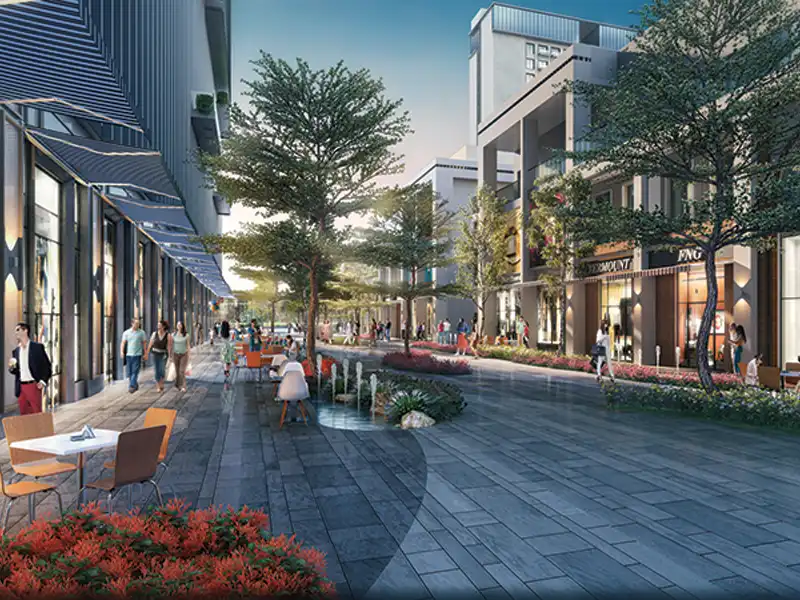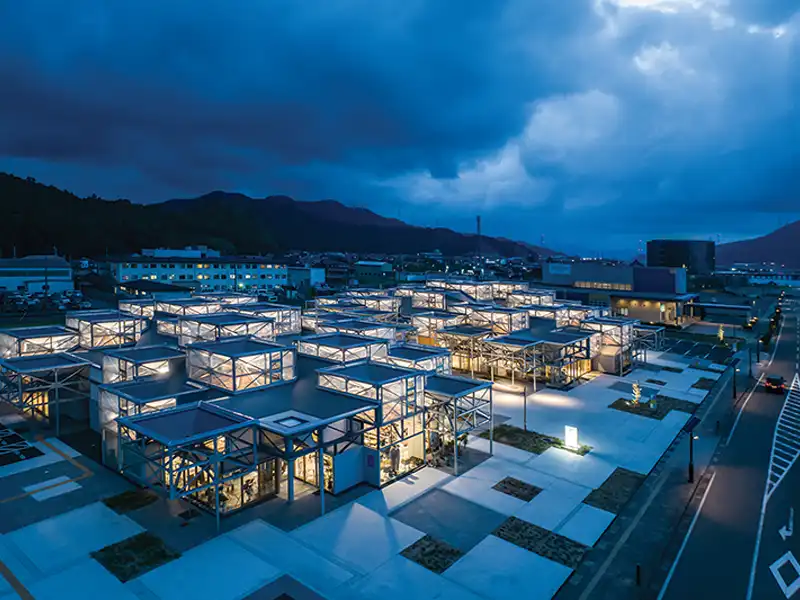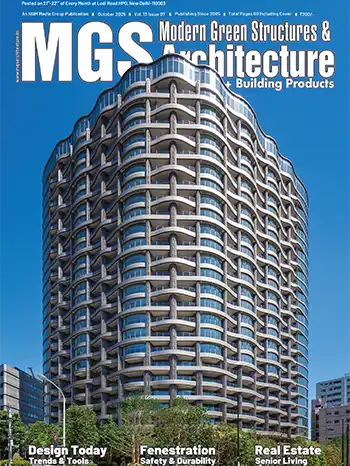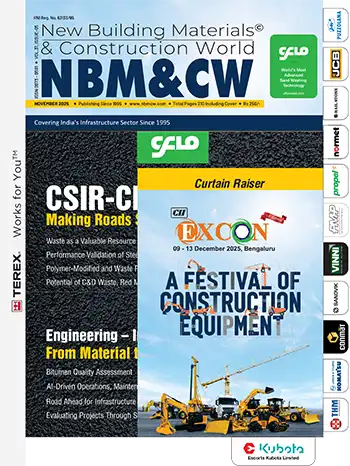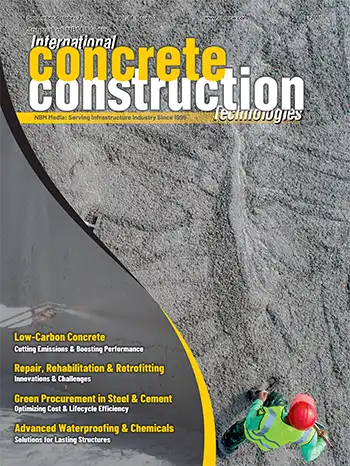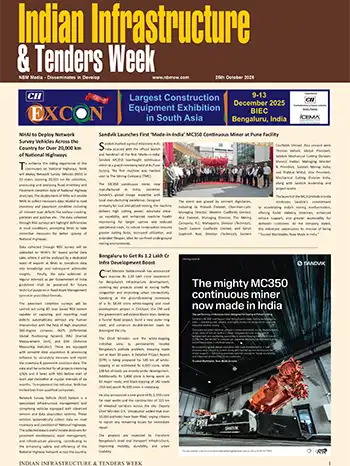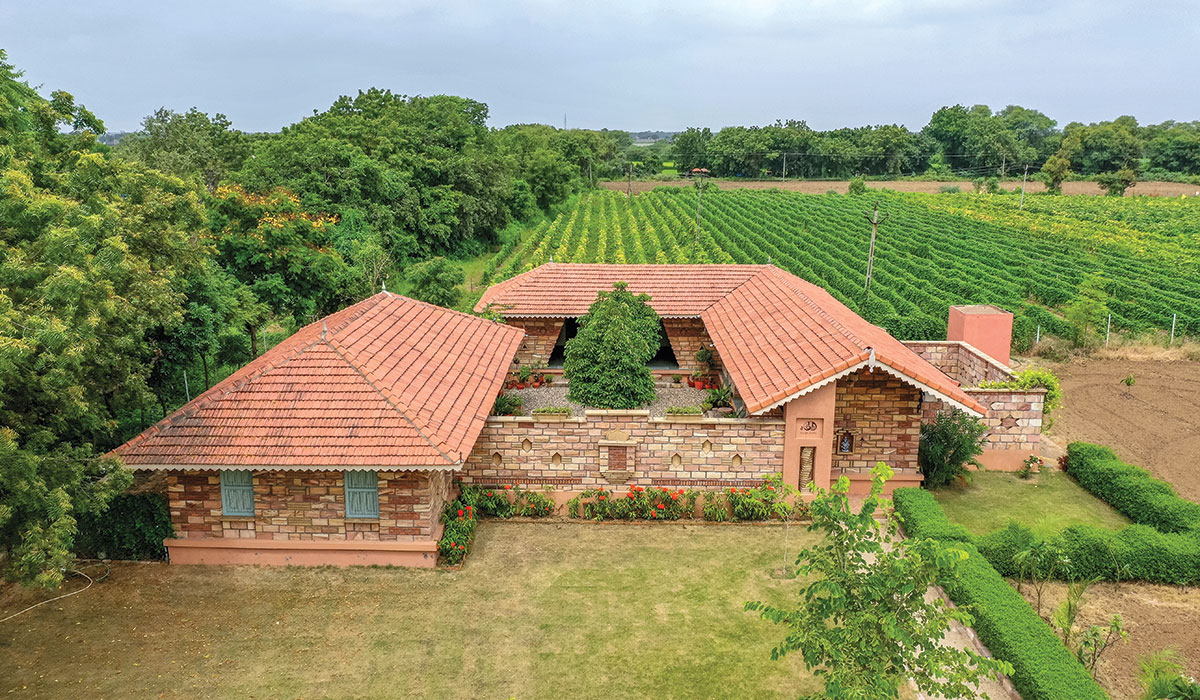
Fact File
Project Name: TribhuvanaLocation: Khanderaopura Village, Gujarat
Building Function: Office Use
Gross Built Area: 250 m2
Photo Credits: Inclined Studio
Text Credits: Shivangi Buch
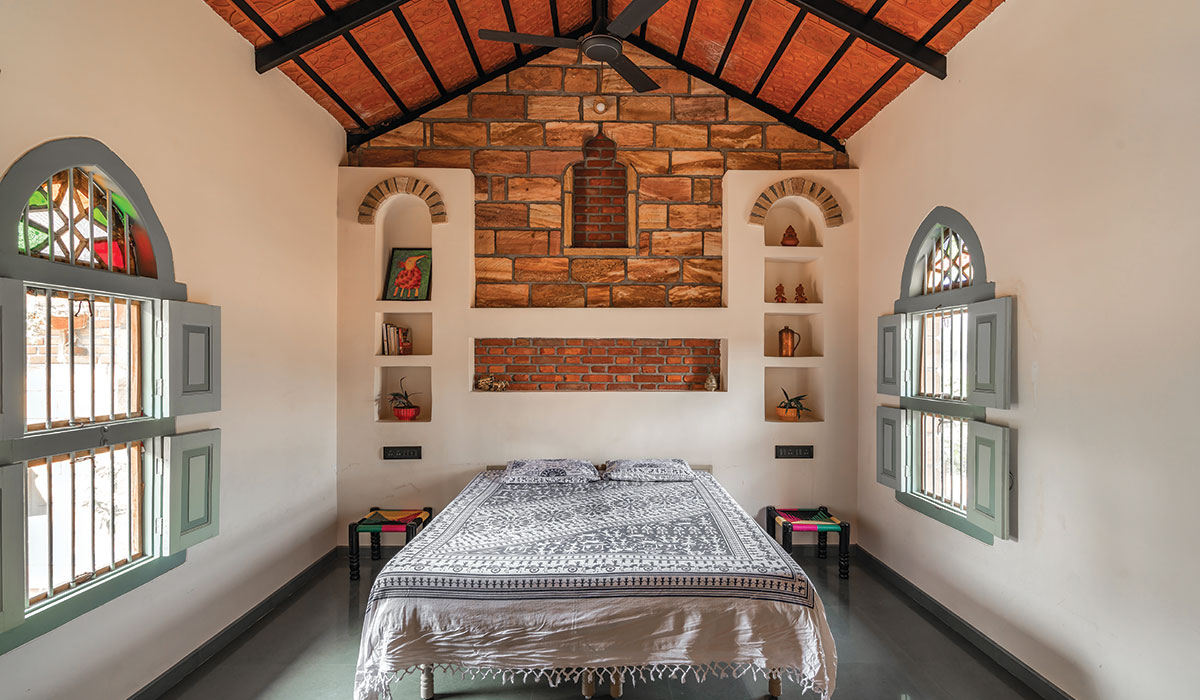
As an integral part of the rural fabric, Tribhuvana is d6thD design studio’s workspace located in a village called Khanderaopura near Ahmedabad, Gujarat. The design not only nurtures the creative process but also invites a renewed connection with nature and tradition. The studio serves as a reminder that the village way of life, with its inherent authenticity and simplicity, can be a wellspring of inspiration for modern ways of building. In every detail, this approach reflects the harmonious coexistence of heritage and innovation.
Nestled within a farm and situated in proximity to an expansive lake, this unique environmental tapestry serves as a catalyst for building orientation.
At d6thD design studio, our design philosophy emphasizes the importance of architectural harmony with environment, culture, and history. It seeks to create vernacular spaces that blend with their surroundings. This philosophy underscores the profound influence of thoughtful design on the occupants’ emotions.
Principal Architect Himanshu Patel
The studio’s entrance, following Vastu principles, leads to a captivating journey. A corridor opens into the courtyard, at the building’s core, a narrative of spatial dynamics. This space, framed by two guardian trees, exudes balance, seamlessly connecting indoors and outdoors, to offer a verdant sanctuary.
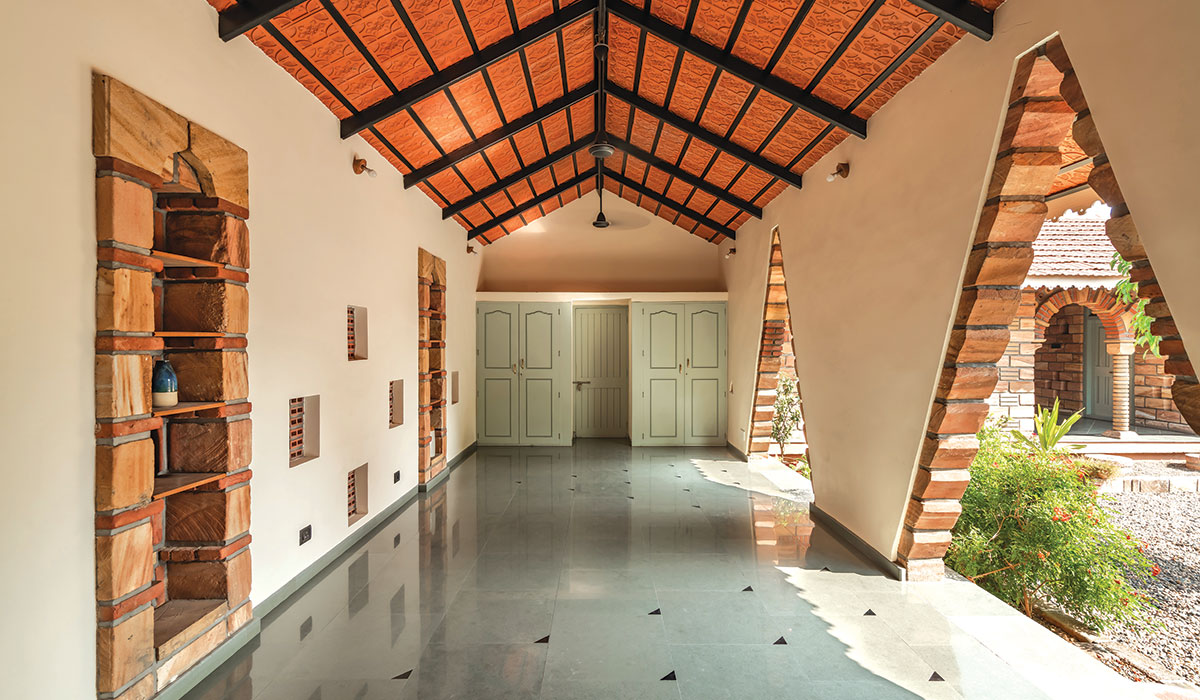
The spatial progression is dramatic, immersing visitors in the building’s expanse. Unlike typical designs with outward vistas, the building takes an introverted approach, focusing on an inner courtyard. This courtyard becomes the centerpiece, offering an immersive experience within its intimate setting. The courtyard adapts during gatherings, becoming a dynamic canvas filled with pebbles, resonating with celebration and collective spirit. On the east side of the courtyard’s wall, a temple niche stands as a celestial narrative woven into the architecture.
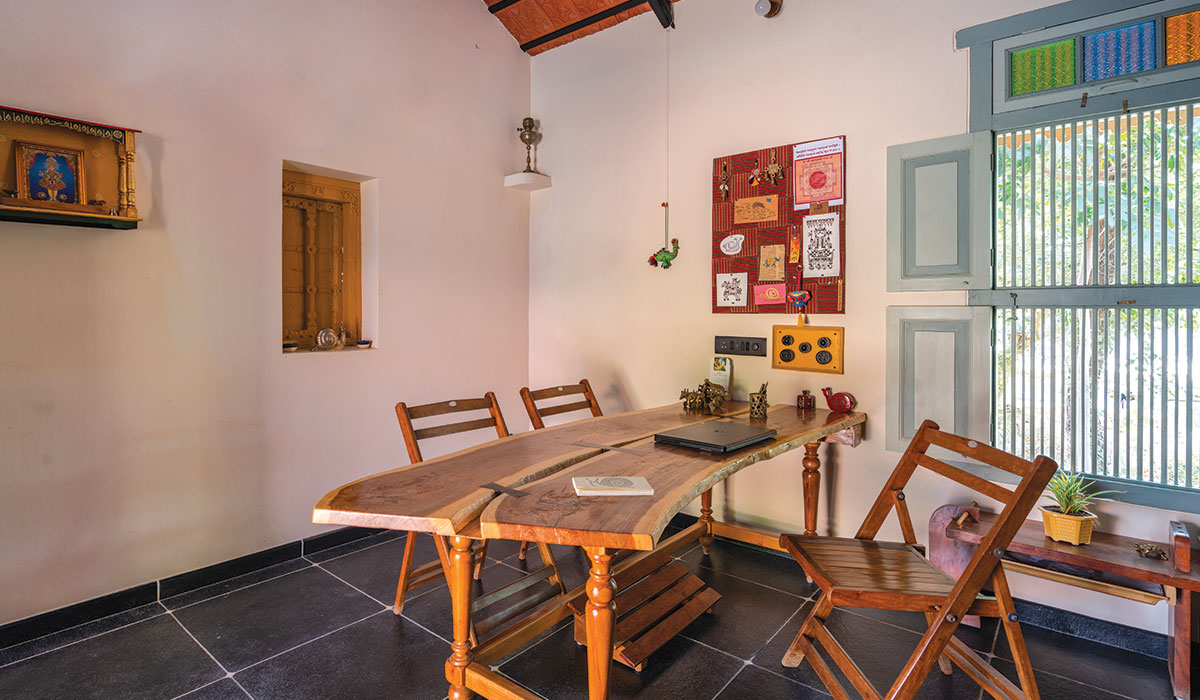
As the name Tribhuvana suggests, there are essentially three building blocks. The architectural configuration takes shape as a L-shaped plan formed by three interconnected building blocks, each with its distinct purpose. With a climate-conscious design approach, the studio and residence blocks align north-south to combat heat gain. The multipurpose hall adapts easily, transitioning from presentations to communal discussions and events. Despite diverse functions and varied walls, a unified character emerges through a consistent material palette, featuring local stone, bricks, and terracotta tiles. Colored glass in windows adds vibrancy.
Adjacent to this configuration stands a solitary building which is entirely the studio space that comprises a workspace and an office. The south side openings face the lake, which also brings in a soothing breeze in the evenings. At the intersection of the studio block and the multipurpose hall is a seating beneath trailing creepers where daily chai sessions promote a sense of community at the studio.
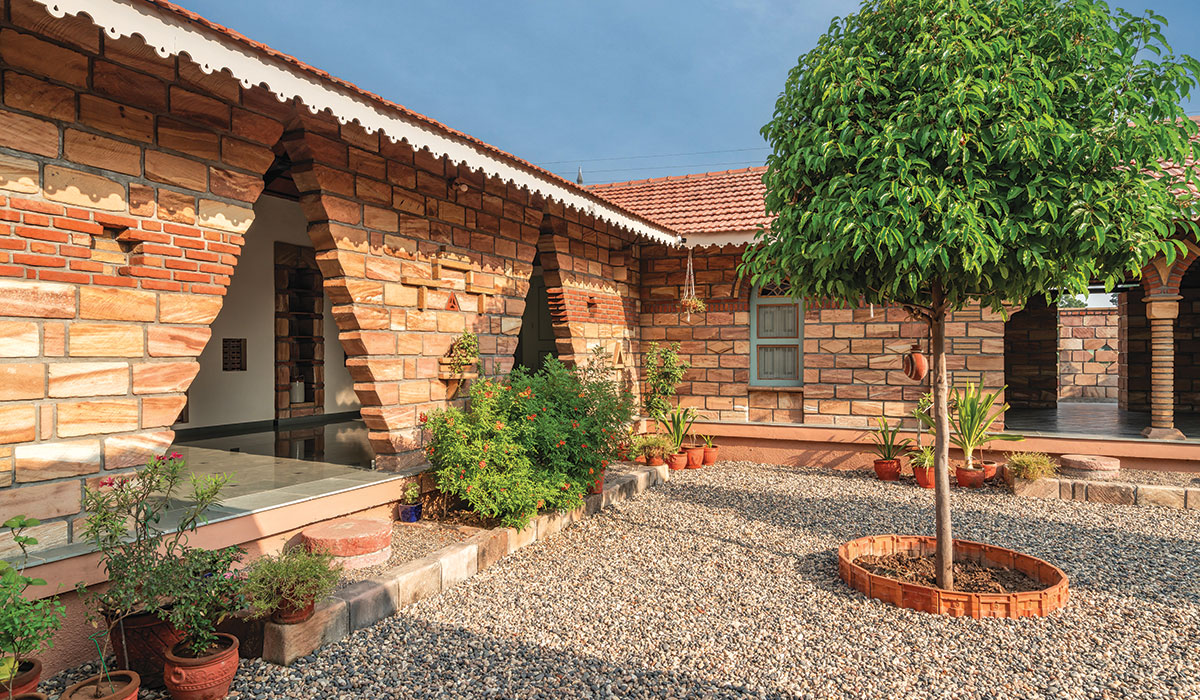
The design emphasizes climate responsiveness with carefully curated smaller openings that reflect sustainability and introverted planning. These openings offer a balance between flexibility and function, fostering a tactile connection with the environment. Repurposed jaalis and materials redefine the architectural essence. The incorporation of recycled triplet windows modulates light and air as per comfort. The western façade of the multipurpose hall uses terracotta jalis instead of regular windows to filter harsh sunlight and create a connection between indoors and outdoors. This blend of traditional design, sustainability, and climate sensitivity enhances the overall experience.
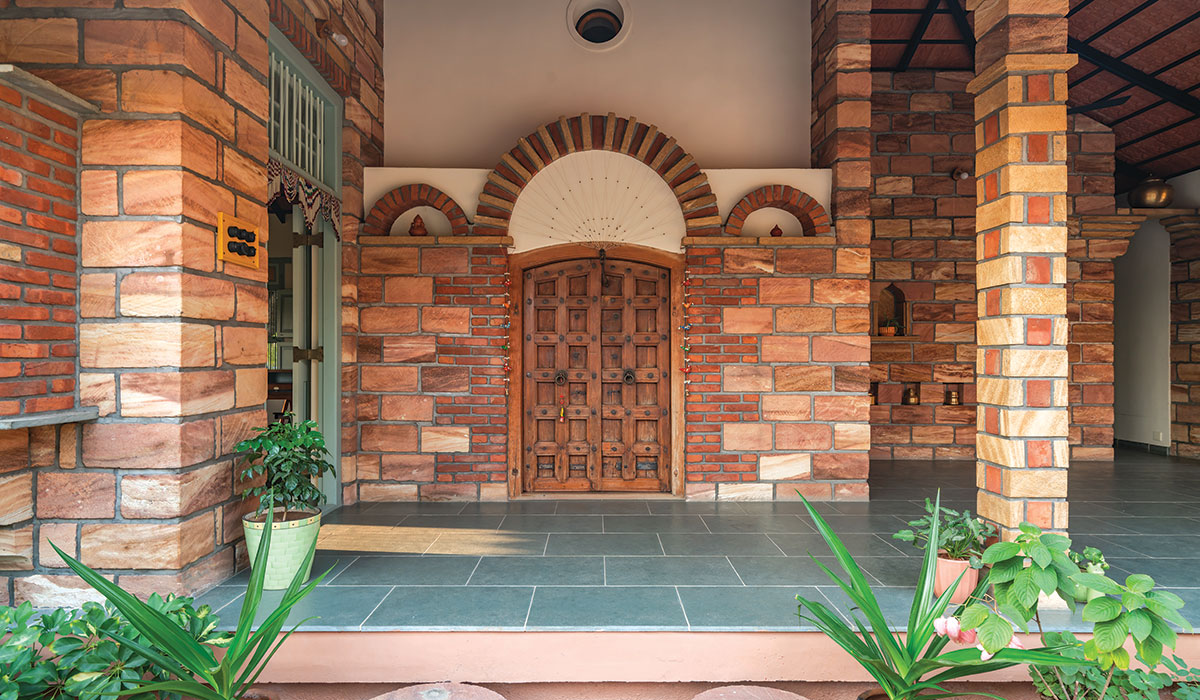
Objects in the courtyard have been thoughtfully sourced over years from nearby villages and travels. For instance, the steps are made from stone chakki or grinder, once used in the domestic lives of villages. This selection honors the heritage and ingenuity, preventing their neglect or discard, and serves a dual purpose, being cost-effective and infusing a tactile essence into the surroundings. There are triangular jaalis, storage niches, a repurposed copper wash basin, and subtle brick embellishments etc that being an emotional quality to the space that transcend its physical boundaries.
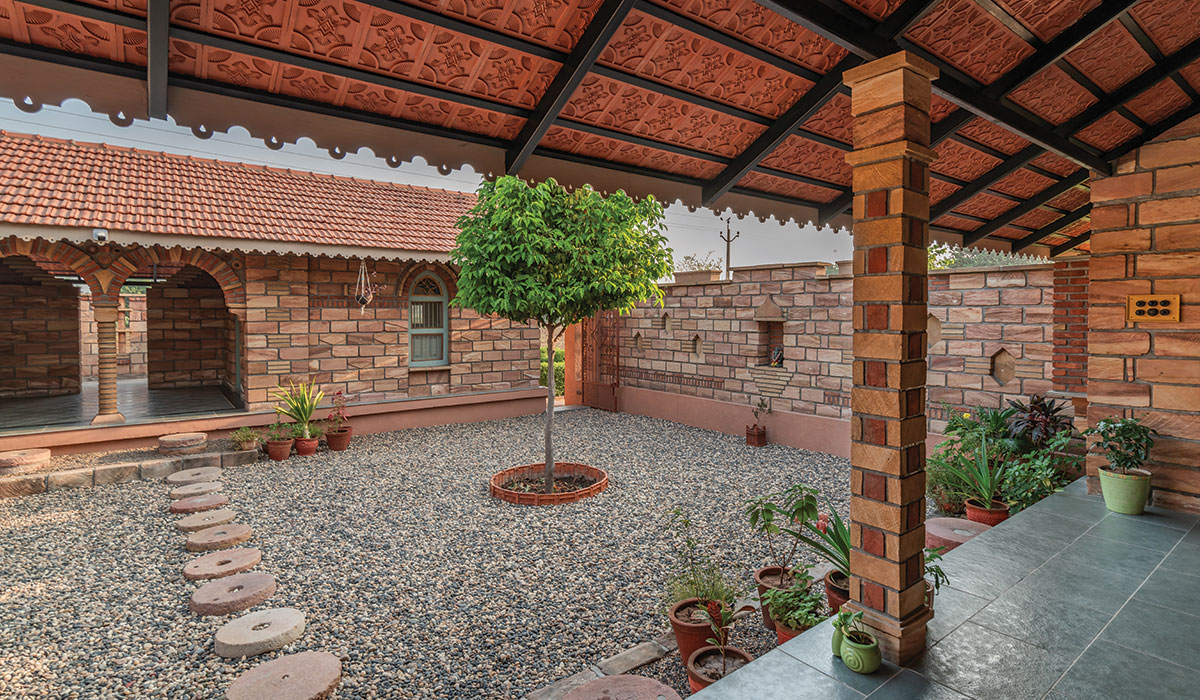
Incorporating local crafts and techniques not only reduces costs but also fosters local appreciation and infuses the building process with human spirit and heritage, resulting in an architecture that transcends physical form, shaped by the craftsmen’s skill.

